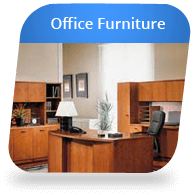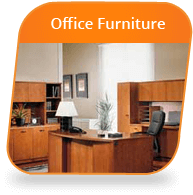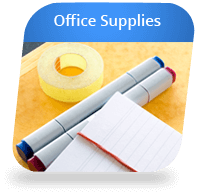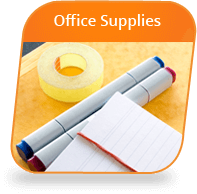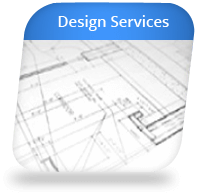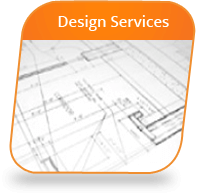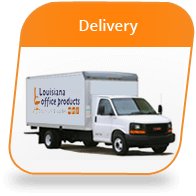If you live in the Gulf Coast region, it’s best to be prepared for hurricane season. Preparation can help you stay safe if and when disaster strikes, and ensure your belongings stay safe as well. Remember these hurricane and storm preparation tips so you can stay safe no matter what Mother Nature throws at you!
Continue readingYearly Archives: 2022
What is Biophilic Design?
Biophilic design increases our connectivity to nature through direct and indirect exposure to features from nature, as well as spatial and aromatic conditions. Having a connection to nature can decrease stress levels, enhance mood, and improve cognitive function, allowing you to focus better and for longer periods of time. Also, increasingly, companies are starting to pay more attention to the mental and physical well-being of their employees, customers, and visitors. Biophilic design is a way of doing that with the design of the space itself.
Continue readingHybrid Work Essentials
In the modern workforce, a hybrid work environment is becoming increasingly more available. In fact, up to 83% of the current workforce prefers a hybrid work model in those instances where 100% remote work is unavailable. According to a Gallup poll on hybrid work environments, approximately 53% of all work environments will be hybrid going forward.
This means that both employees and employers have to find the tools that work best for both environments: remote work and corporate work.
Continue reading